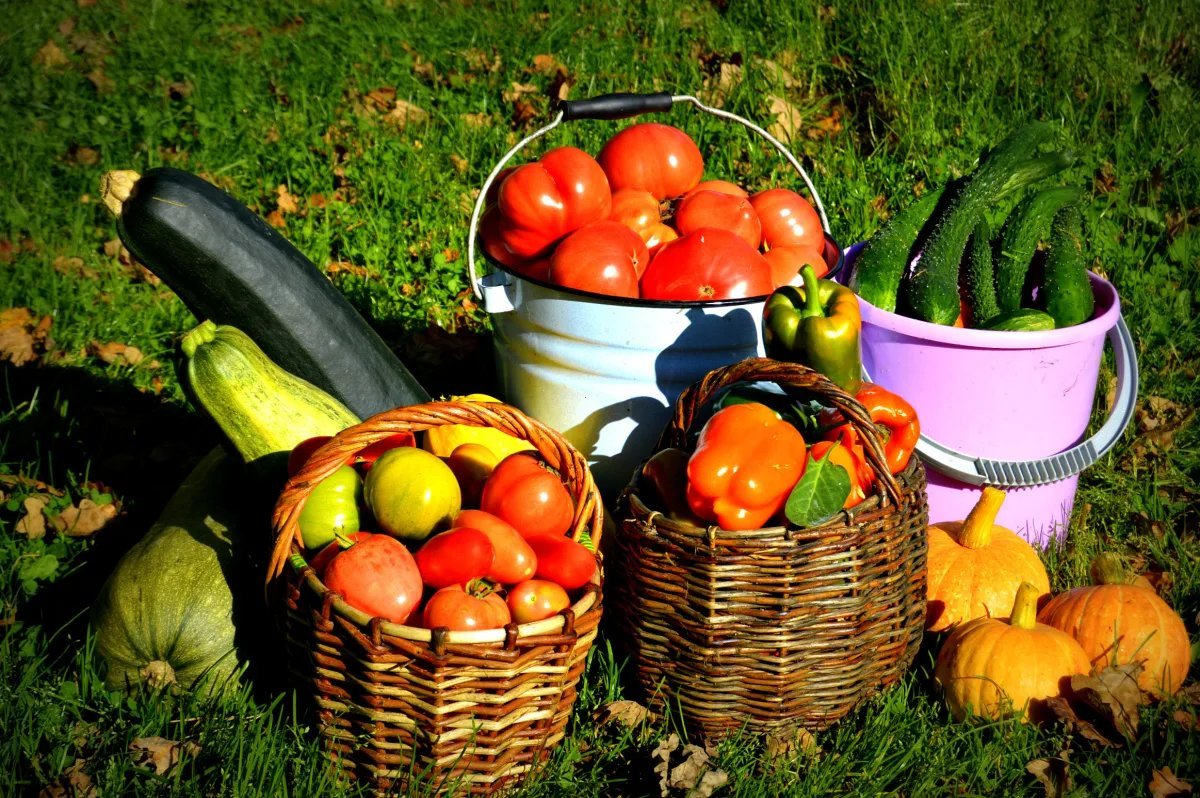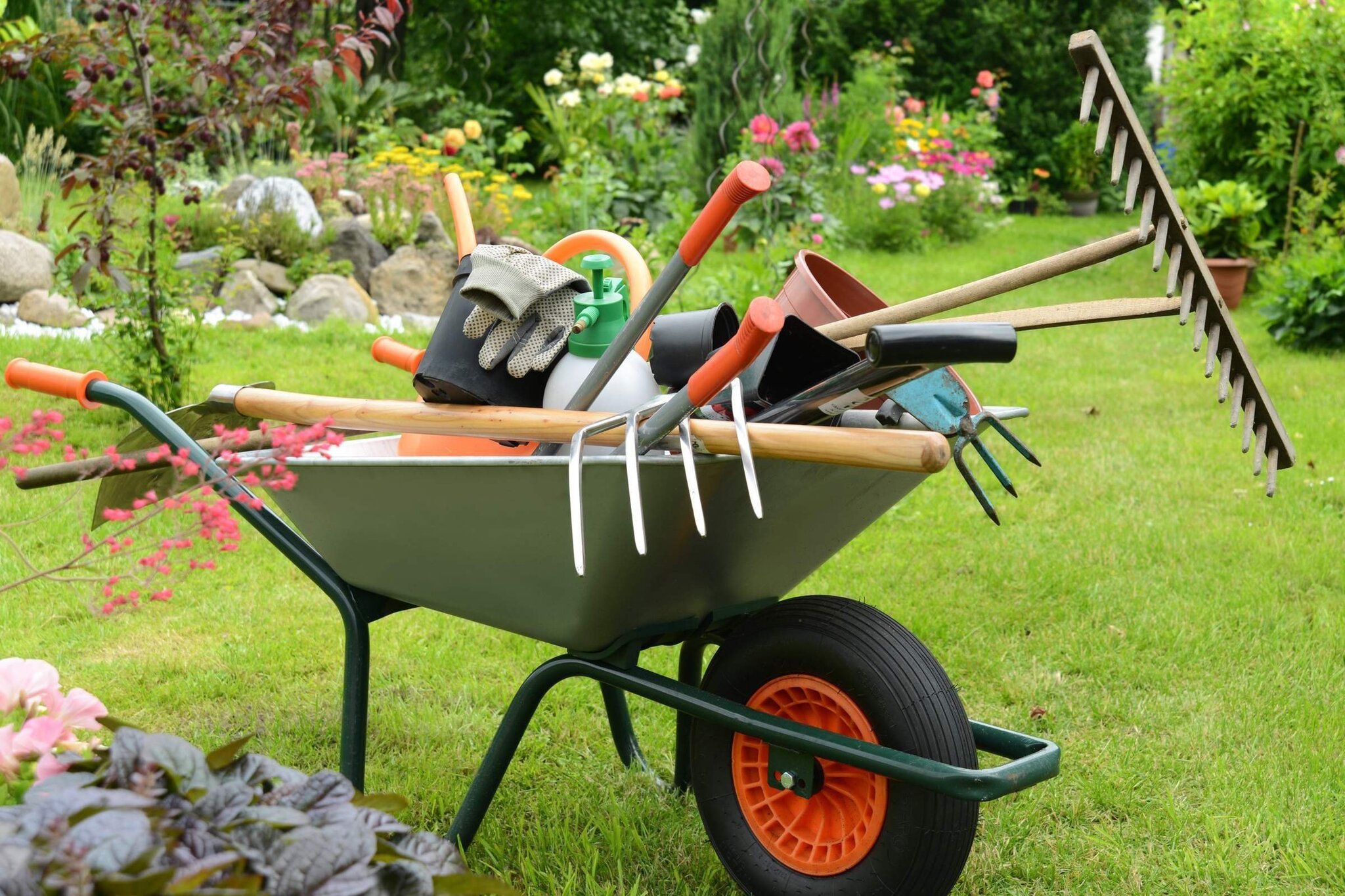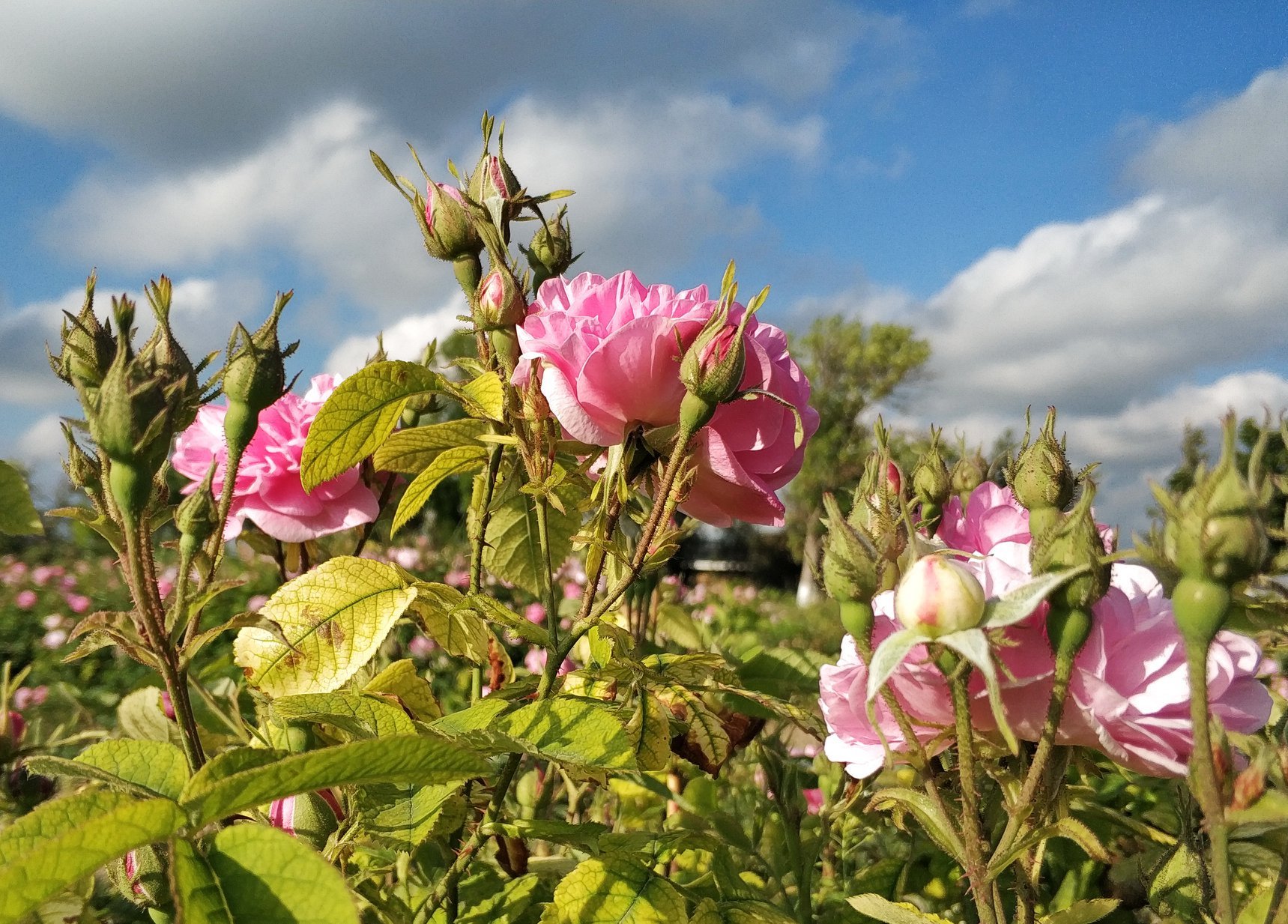As the warm days of summer give way to the bountiful season of harvest, the air is filled with the tantalizing scents of ripe fruits and vegetables. For those who tend to gardens and fields, this is a time of celebration, when the rewards of hard work and nurturing care are at their peak. However, the art of harvesting and storing crops is not merely about reaping what you've sown; it's about preserving the freshness and flavors of your harvest for weeks, months, and even seasons to come.
In this comprehensive guide, we will explore the vital practices and techniques that ensure your fruits and vegetables reach your table at their peak of quality. From the precise timing of harvest to the art of proper storage, we will delve into the secrets that enable you to savor the taste of summer, even in the depths of winter. Whether you're an experienced farmer or a novice gardener, these tips and insights will empower you to make the most of your harvest and relish the flavors of your labor year-round.
The Bounty of the Harvest
The harvest season is a time of plenty, when gardens and fields yield an abundance of nature's gifts. The freshest tomatoes, the crispiest apples, and the sweetest corn are just a few of the treasures that await those who embrace the art of harvesting and storing crops.
- Flavor at Its Peak: Fruits and vegetables reach their peak of flavor and nutritional value when they are fully ripe. Proper harvesting and storage techniques allow you to capture this freshness.
- Preservation of Nutrients: By processing your harvest carefully, you can preserve the essential nutrients in your crops. This ensures that your homegrown produce remains a source of health and vitality long after it is picked.
- Self-Sufficiency: The ability to harvest and store your crops is an essential component of self-sufficiency. It allows you to reduce your reliance on store-bought produce and enjoy the fruits of your labor throughout the year.
Harvesting Your Crops
The process of harvesting begins with knowing when to pick your fruits and vegetables. The timing of harvest can significantly impact the flavor and quality of your crops.
- Observe Ripeness: Observe your crops carefully to determine their ripeness. For many fruits, this means they should be fully colored, firm yet yielding to gentle pressure. Vegetables should be harvested when they are at their ideal size and color.
- Morning Harvest: Early morning is often the best time to harvest, as the cool temperatures help retain the crops' freshness and reduce the risk of wilting.
- Use Sharp Tools: Always use sharp, clean tools for harvesting to minimize damage to the plants. Dull or dirty tools can bruise or introduce diseases to your crops.
- Handle with Care: Handle your harvested fruits and vegetables gently to avoid bruising or damaging the produce. Use baskets or containers that allow for proper air circulation to prevent sweating.
- Leave Some Stem: Leave a small portion of the stem attached to fruits and vegetables when you harvest them. This helps prolong their shelf life.
Proper Storage Techniques
Once your crops are harvested, proper storage is crucial to maintain their freshness and quality. Different crops require different storage conditions, but here are some general guidelines:
- Temperature and Humidity: Understand the ideal temperature and humidity levels for each type of produce. Cool, dark places with proper ventilation are generally suitable for many fruits and vegetables.
- Ethylene Gas Management: Some fruits and vegetables produce ethylene gas, which can accelerate ripening and spoilage in nearby produce. Store ethylene-producing and ethylene-sensitive items separately to prolong their freshness.
- Use Storage Containers: Invest in storage containers designed for produce, such as breathable mesh bags or airtight plastic containers with adjustable humidity settings.
- Root Cellars and Cold Storage: For crops like root vegetables, consider creating a root cellar or using a cool basement for extended storage. These spaces provide stable temperatures and humidity levels.
- Regular Inspection: Periodically check stored produce for signs of spoilage or rot. Remove any affected items to prevent the spread of decay.
Processing for Long-Term Storage
To extend the shelf life of your harvest, consider processing techniques such as canning, freezing, drying, or fermenting. Each method has its advantages and is suited to different types of crops.
- Canning: Canning involves preserving fruits and vegetables in jars with the help of heat and airtight seals. It's an excellent way to store items like jams, pickles, and tomato sauce.
- Freezing: Freezing is a versatile method that works well for many fruits and vegetables. Blanching before freezing helps retain color, flavor, and nutrients.
- Drying: Drying is an ancient method of preserving food that removes moisture, preventing the growth of spoilage-causing microorganisms. Dehydrated fruits and vegetables are lightweight and have a long shelf life.
- Fermentation: Fermentation is a natural preservation method that relies on beneficial microorganisms to transform sugars and starches into acids and alcohol. This process preserves and enhances the flavor of vegetables, as seen in sauerkraut and kimchi.
Conclusion
Harvesting and storing crops is a rewarding and essential aspect of gardening and farming. With proper techniques and careful attention to detail, you can enjoy the flavors and nutrition of your homegrown produce well beyond the harvest season. Whether you're canning jars of homemade salsa, freezing bags of sweet corn, or storing root vegetables in a cool cellar, the art of preserving your harvest allows you to savor the tastes of your garden year-round. Embrace these time-honored practices, and your garden's bounty will become a source of sustenance and satisfaction for you and your loved ones.




The site is a treasure trove of useful tips. Frequent updates. The author does not write abstrusely, everything is always clear. Helps people, develops personality.
This site is a treasure trove of information. The articles are well written and easy to read. I highly recommend it.